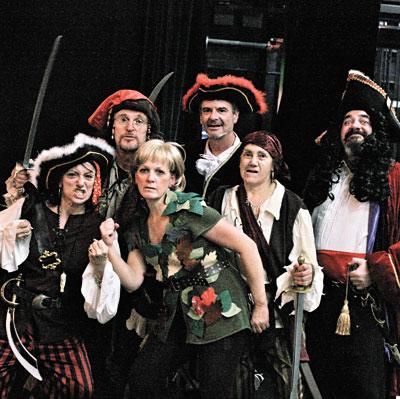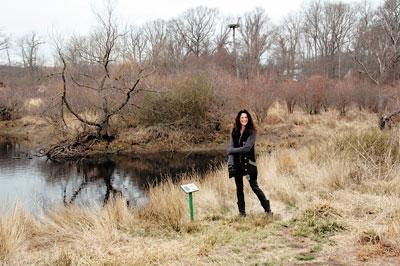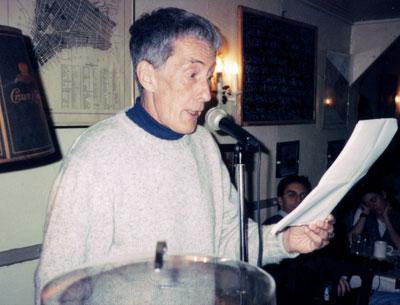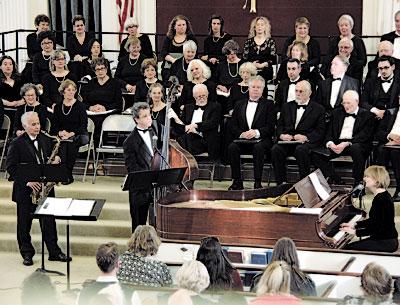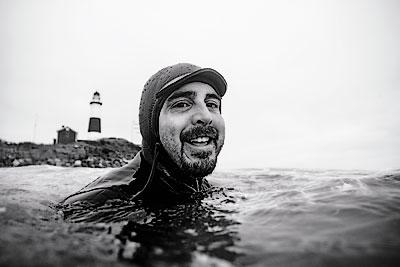‘From Dreamland’
‘From Dreamland’
Marco Albonetti, a saxophonist, and Annalisa Mannarini, a pianist, will perform a duo concert titled “Postcards From Dreamland” on Saturday at 7:30 p.m. at the Montauk Library.
“Postcards” will include works composed by Gershwin, Rota, Piazzolla, Binelli, Mannarini, Sollima, and other contemporary resonances of world music. Mr. Albonetti, who has been called Italy’s most outstanding classical saxophonist, is the artistic director of the Faenza International Saxophone Festival. He holds a tenured position as professor of saxophone at the Conservatory of Music in Trento and is an external examiner for doctoral studies at the Sibelius Academy in Helsinki. Ms. Mannarini holds advanced degrees in classical and jazz performance. Her background includes solo and ensemble concerts, film soundtracks, and nationally broadcast concerts on RAI-TV. Her musical training includes studying composition for movie soundtracks with Elio Morricone.
The two draw inspiration from American energy, European angst, and Argentine passion, according to a press release, as well as folk music from the four corners of the world. The concert is free and open to the public.

